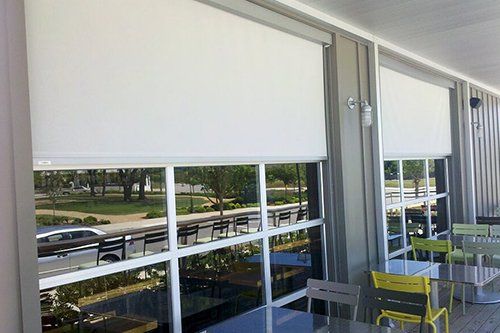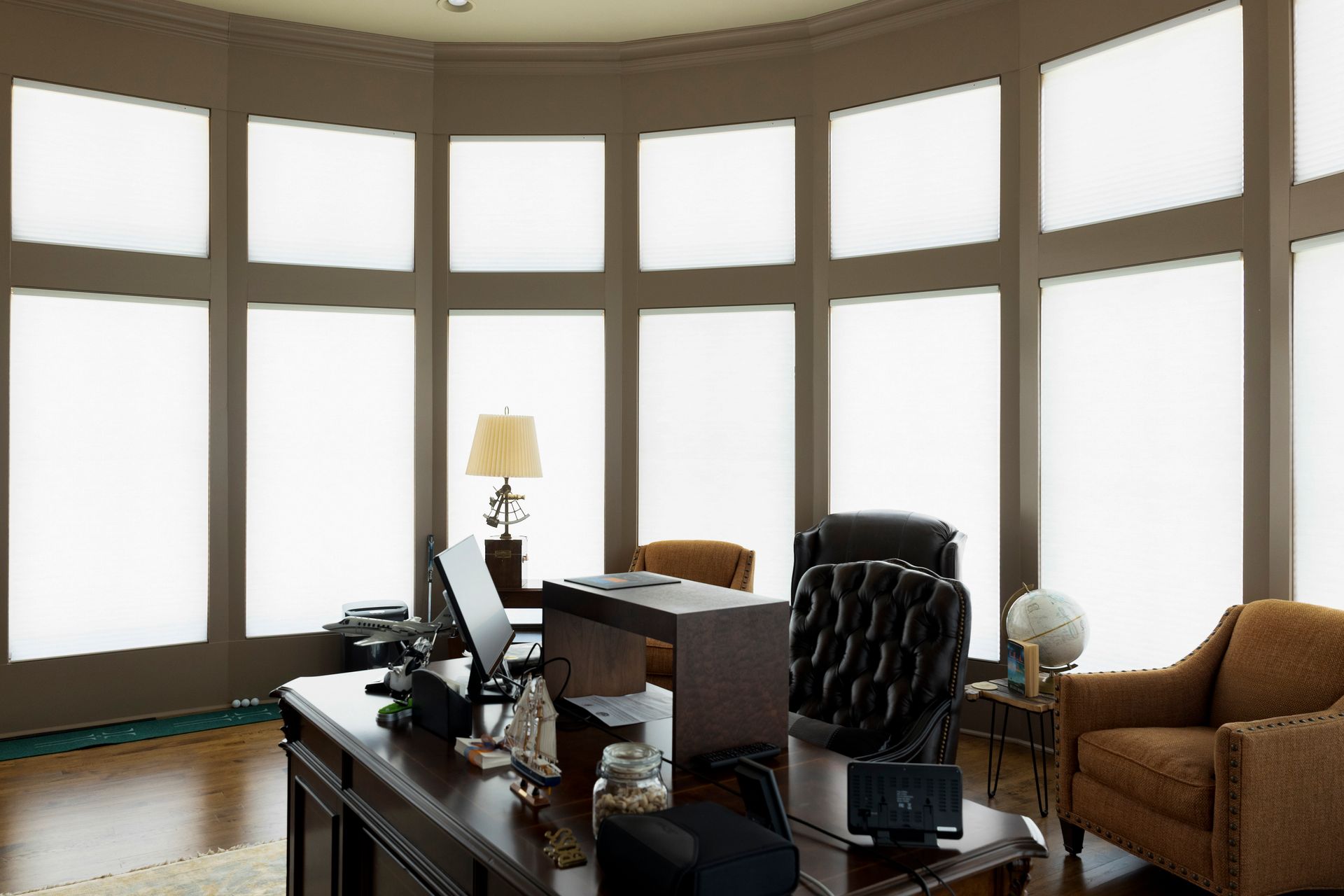When it comes to curtains, the hardware you choose is just as important as the fabric itself. You want to find hardware that will enhance your curtains and make them look their best. There are many different types of hardware available, so it can be tough to decide which type is right for your home.
Different Types of Curtain Hardware:
1. Rods
Rods are the most common type of curtain hardware. They come in a variety of materials, including wood, metal, and plastic. You can also find them in different sizes, so you can choose one that is perfect for your window.
2. Rings
Rings are another popular type of curtain hardware. They attach to the rod and allow you to hang your curtains. Rings come in different materials, including metal and plastic.
3. Clips
Clips are a good option if you want to be able to move your curtains easily. They attach to the rod and allow you to clip your curtains in place. Clips are usually made of metal or plastic.
4. Tiebacks
Tiebacks are used to hold your curtains back when you want to let in light. They come in different materials, including fabric and metal.
5. Holdbacks
Holdbacks are similar to tiebacks, but they are mounted on the wall instead of the curtain rod. Holdbacks are a good option if you want to be able to move your curtains easily.
6. Drapery hooks
Drapery hooks are used to hang your curtains from the ceiling. They come in different materials, including metal and plastic.
7. Magnetic rods
Magnetic rods are a good option if you want to be able to move your curtains easily. They attach to the wall and allow you to hang your curtains with magnets.
8. Velcro
Velcro is a good option if you want to be able to move your curtains easily. It attaches to the wall and allows you to hang your curtains with Velcro strips.
9. Command strips
Command strips are a good option if you want to be able to move your curtains easily. They attach to the wall with adhesive and allow you to hang your curtains with Command strips.
10. Hook and loop tape
Hook and loop tape is a good option if you want to be able to move your curtains easily. It attaches to the wall with adhesive and allows you to hang your curtains with hook and loop tape.
Why You Should Consider Curtain Hardware:
1. Adds support
Curtain hardware helps to support your curtains and keep them in place.
2. Enhances the look of your curtains
The right curtain hardware can enhance the look of your curtains and make them look their best.
3. Comes in a variety of materials and styles
There are many different types of curtain hardware available, so you can find the perfect type for your home.
4. Easy to install
Curtain hardware is usually easy to install, so you can do it yourself.
What Type of Curtain Hardware Would Be Best for That Room?
1. Living room
In the living room, you want to choose curtain hardware that is both stylish and functional. Rods are a good option, but you can also consider rings or clips.
2. Bedroom
In the bedroom, you want to choose curtain hardware that is both stylish and functional. Rods are a good option, but you can also consider rings or clips.
3. Bathroom
In the bathroom, you want to choose curtain hardware that is both stylish and functional. Rods are a good option, but you can also consider rings or clips.
4. Kitchen
In the kitchen, you want to choose curtain hardware that is both stylish and functional. Rods are a good option, but you can also consider rings or clips.
What Can You Expect From Curtain Hardware?
1. Quality
When you choose curtain hardware, you can expect it to be made of high-quality materials.
2. Durability
Curtain hardware is usually very durable and will last for many years.
3. Style
Curtain hardware comes in a variety of styles, so you can find the perfect type for your home.
4. Functionality
Curtain hardware is designed to be both stylish and functional. It will help to hold your curtains in place and enhance their appearance.
5. Easy to install
Curtain hardware is usually easy to install, so you can do it yourself.
Just Blinds is a great place to find all types of curtain hardware. We have a wide selection of curtain hardware, including rods, rings, clips, and tiebacks. We also have a variety of styles, so you can find the perfect type for your home. Contact us for window treatment needs.
Expert Advice by Just Blinds


